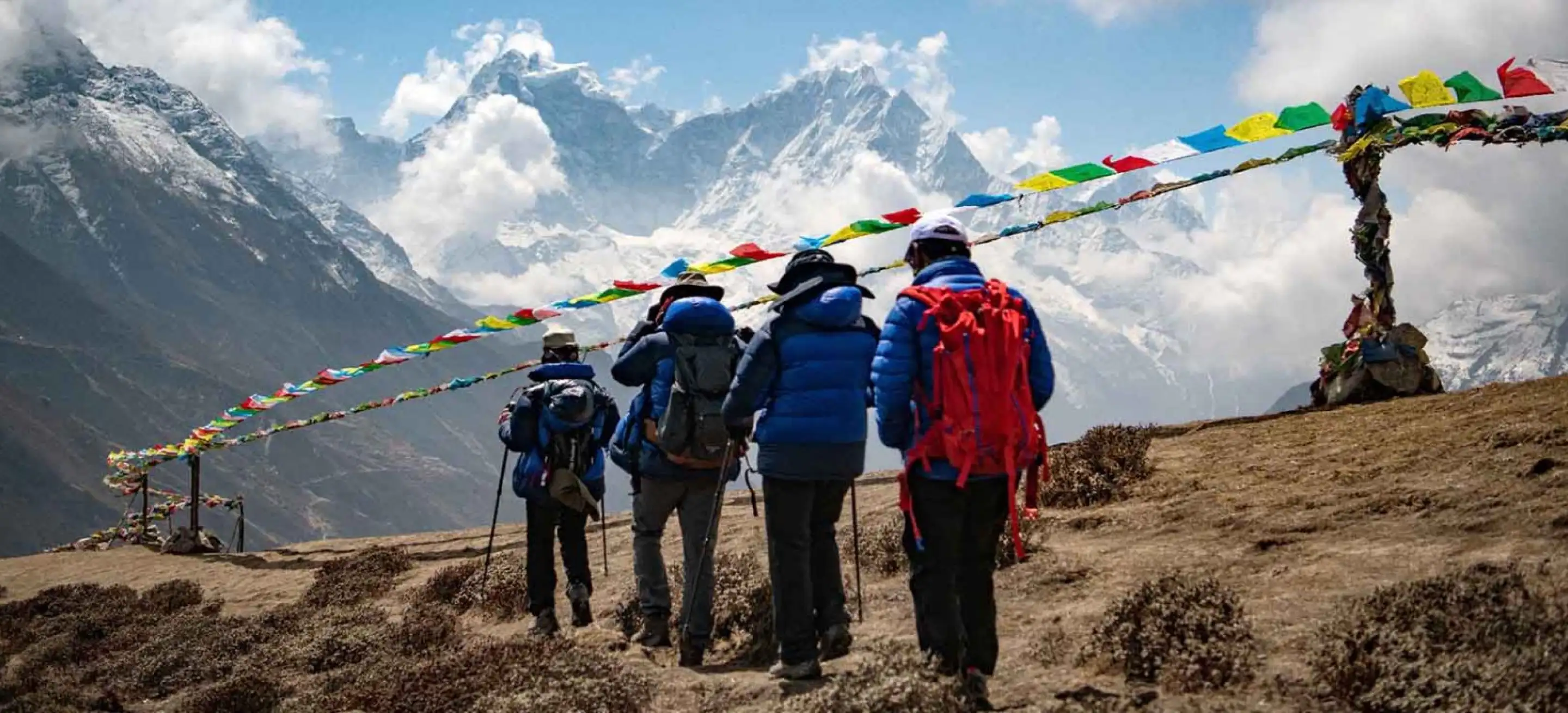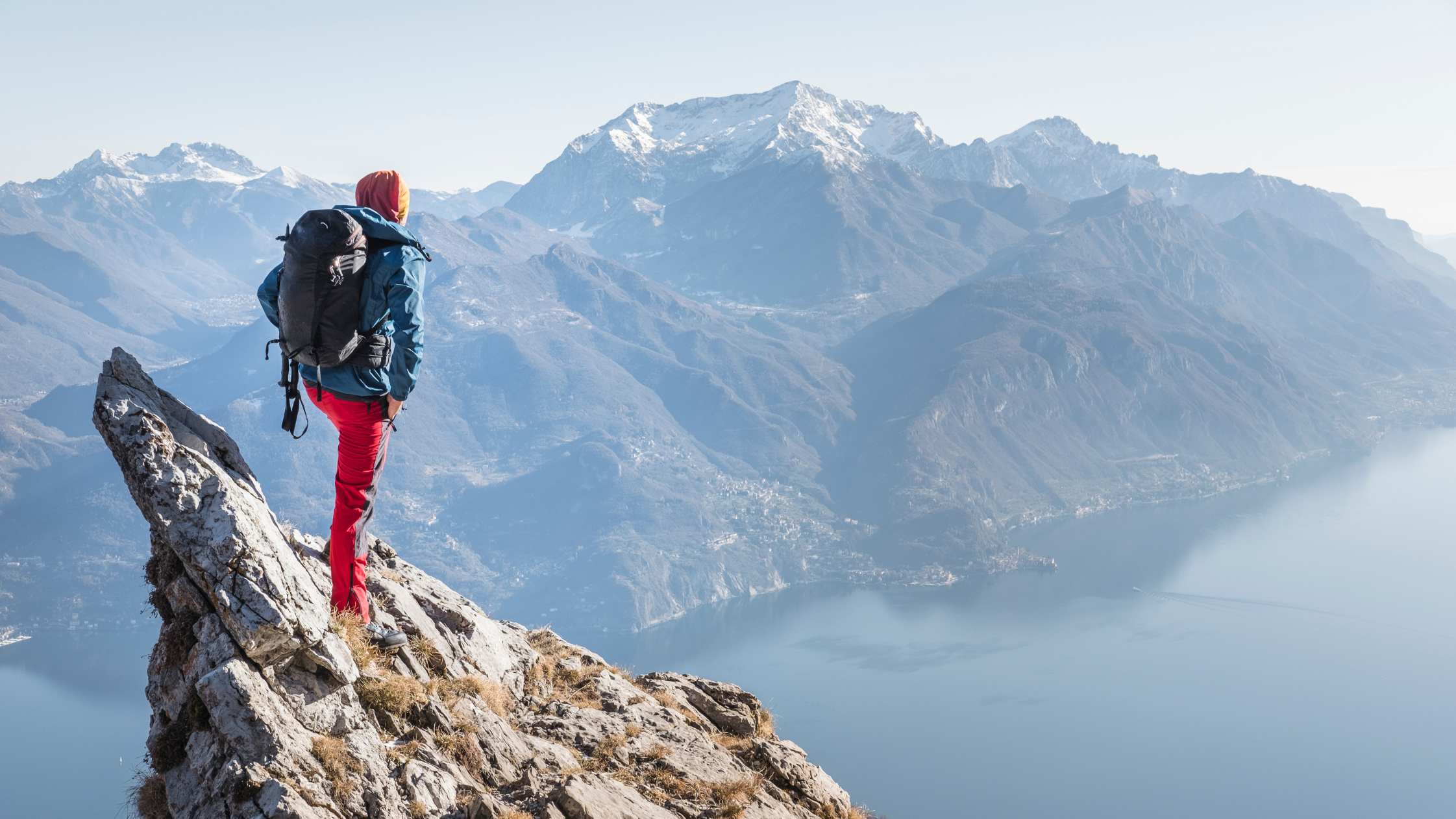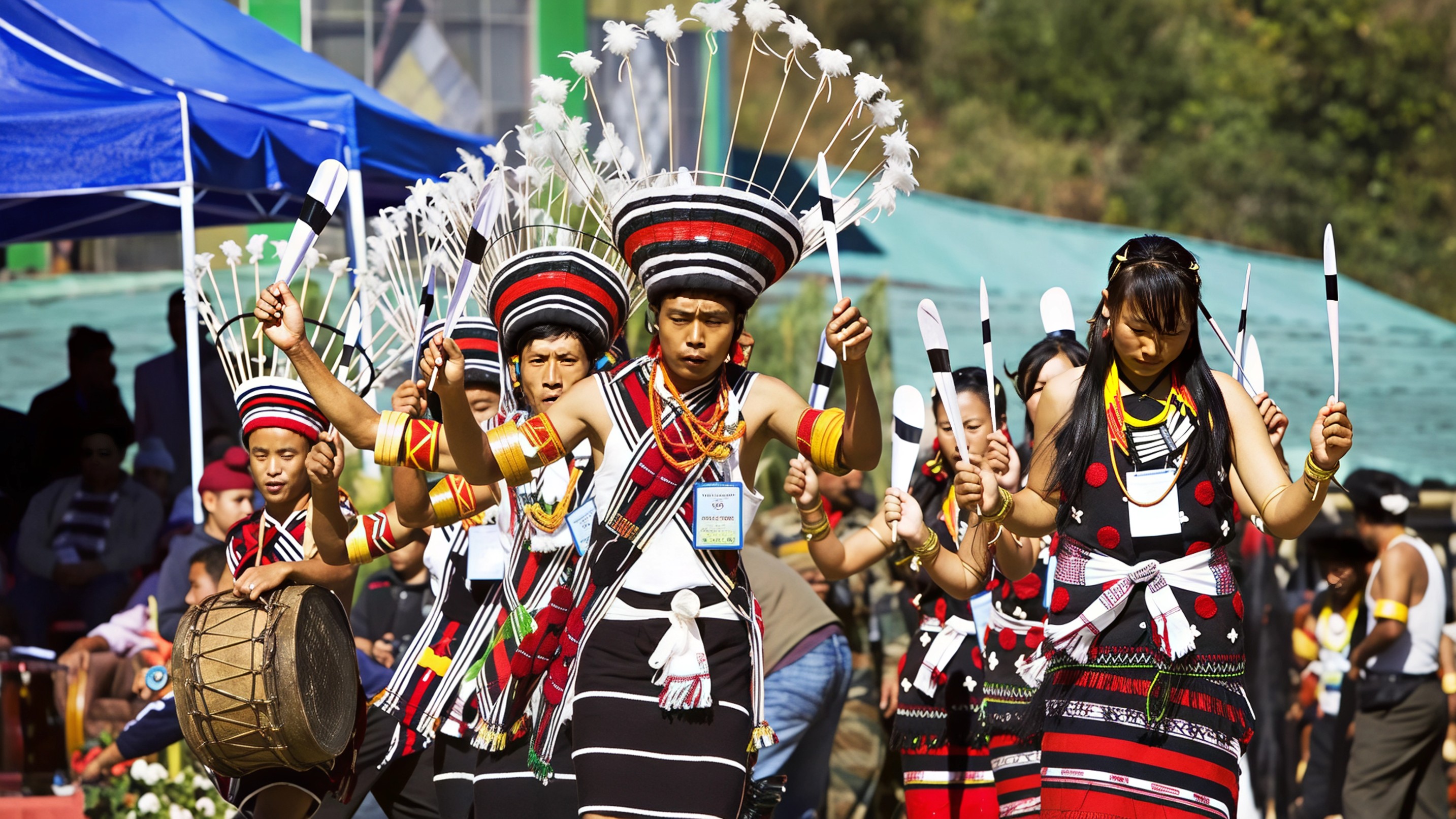Why Training Matters Before Chasing Peaks
The idea of standing on a snowy summit with panoramic views stretching endlessly is thrilling, but mountain climbing is far from a spontaneous adventure. It demands grit, physical strength, and most importantly, preparation. Without the right training, even the most enthusiastic climbers can face setbacks. That is why mountaineers stress on the importance of systematic planning and endurance building long before one attempts a serious climb.

Endurance athlete and mountaineer Satish Gogineni, founder of True North Expeditions, explains that stamina is the real foundation for every successful climb. Interestingly, his own journey began not with mountains, but with marathons. Running, he says, taught him discipline and built the endurance that later became crucial for mountaineering. His lesson for beginners is clear: do not rush to the mountains before your body and mind are ready.
Building Endurance For The Mountains
Endurance is the single most important ingredient for climbing success. To develop it, focus on cardio and strength training exercises. Activities like running, cycling, squats, lunges, and step-ups build stamina and strengthen the muscles you need for uphill climbs. Hiking with a loaded backpack also helps condition your body for long days on rugged terrain.
Satish recommends starting with day hikes and gradually moving to longer treks with elevation gain. The goal should be to work up to full-day hikes lasting 8 to 10 hours. Local hikes not only strengthen the body but also help you get accustomed to unpredictable terrains, weather, and mental demands.

A Training Roadmap For Beginners
Climbing training is best approached in phases. The first few months should focus on day hikes and learning basic outdoor skills. As you progress, shift to overnight backpacking trips and multi-day hikes. Within a year, a beginner should consider enrolling in a mountaineering course that teaches essential skills like rope work, snow travel, and rescue techniques. Technical climbs should only come later, once you have both experience and confidence.
The Right Gear For Safe Climbing
No mountain journey is complete without proper gear. Beginners must invest in good-quality hiking boots that are well broken in, as blisters and foot injuries can ruin an expedition. A layering system of clothing is crucial: breathable base layers, insulating mid-layers, and waterproof shells to protect against unpredictable mountain weather. Other essentials include a helmet, headlamp, navigation tools, gloves, and a first aid kit.
For those advancing into technical climbs, additional equipment like harnesses, ropes, belay devices, and carabiners become necessary. Quality gear is not an option but a necessity for both performance and survival in the mountains.

Safety And Mental Preparation
Climbing is as much about the mind as it is about the body. Developing mental stamina through visualisation, learning to stay calm under stress, and practising decision-making in challenging conditions can make the difference between a safe return and a dangerous situation. A critical mantra in mountaineering is simple: the summit is optional, getting down safely is mandatory.
Safety planning should always include respecting weather conditions, knowing your route, and communicating your plans with others. Risk management and awareness of rescue protocols are non-negotiable. Mountains are unpredictable, and caution is your strongest tool.

The Value Of Community And Shared Learning
One of the smartest moves for beginners is joining local climbing groups or training with experienced guides. The mountains teach faster when knowledge is shared, and having a supportive community helps you grow safely. Training in groups also builds accountability and motivation, making preparation more enjoyable.
Start Small, Dream Big
Climbing a mountain may sound like an adventure reserved for professionals, but with the right preparation, anyone can get there. The journey should begin small—with hikes, fitness routines, and endurance training—before attempting technical climbs. Satish’s advice to aspiring climbers is to grow steadily, never rush the process, and always respect the mountain.
With patience, discipline, and preparation, your dream of standing on a summit can become a reality.
For more guides on travel, adventure, and exploring the world’s most exciting destinations, follow Travel Moves on Instagram and Facebook.








